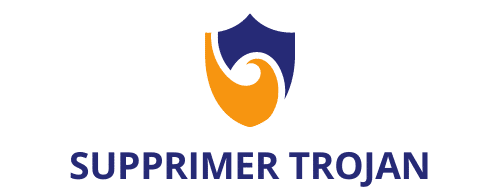supprimer-trojan
Actu
High tech
Quelle est la meilleure application de cartographie pour les randonneurs utilisant des montres connectées Garmin?
La technologie a pris une place si importante dans notre quotidien qu’elle en a même conquis les terres sauvages de la randonnée. En effet, qui...
Internet
Jeux-video
Smartphones
